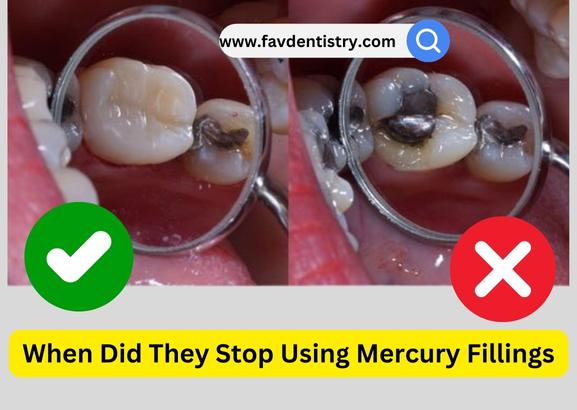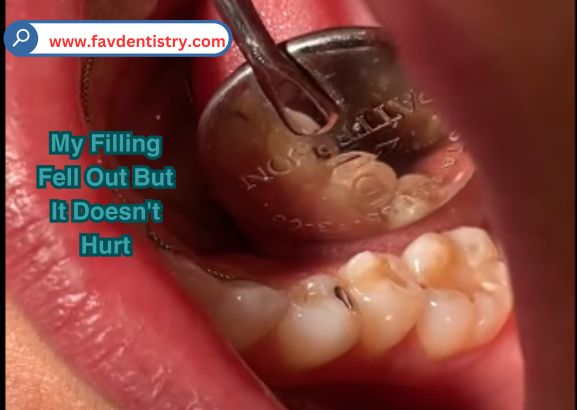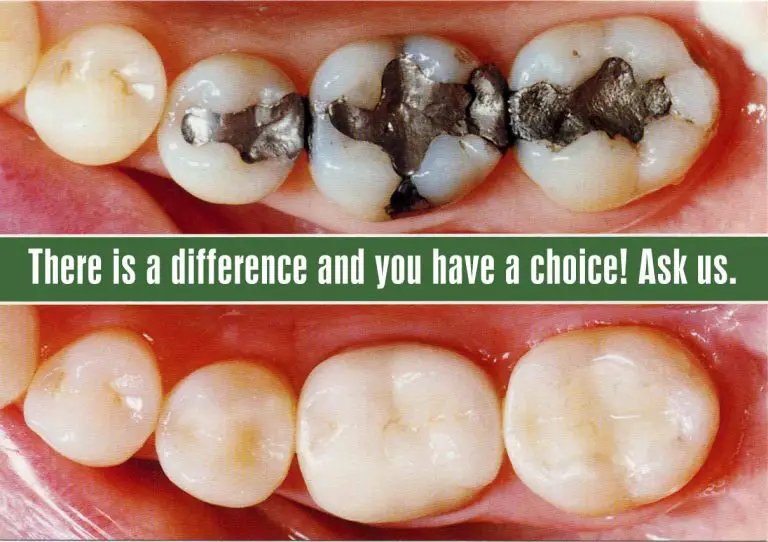Last Updated on 1 week by DR. ALBIN SIPES
Problems with composite fillings include staining and discoloration, as well as the potential for chipping or breaking. Additionally, composite fillings may require more frequent replacements compared to other types of dental fillings.
In rare cases, some patients may experience sensitivity or allergic reactions to the materials used in composite fillings. It is important to consult with a dental professional to determine if composite fillings are suitable for your specific needs and to address any concerns you may have.
Composite fillings are a popular option for restoring decayed or damaged teeth due to their natural appearance and durability. However, like any dental treatment, they come with their own set of challenges. We will discuss the problems that can arise with composite fillings, including staining, chipping, and the need for frequent replacements. We will also explore potential sensitivities or allergic reactions some individuals may experience. It is crucial to be aware of these issues and consult with a dental professional to ensure the best treatment plan for your oral health.
Why Composite Fillings Are Preferred Over Traditional Fillings
Composite fillings are preferred over traditional fillings due to their numerous advantages. When comparing composite fillings to traditional fillings, several differences come to light. Firstly, composite fillings provide a more natural-looking appearance, blending seamlessly with the existing teeth. Patients often opt for composite fillings to maintain a beautiful smile.
Moreover, composite fillings require less removal of the tooth structure, preserving the natural tooth as much as possible. Additionally, composite fillings bond directly to the tooth, making them more durable and less prone to leaking or cracking. Another reason patients choose composite fillings is their biocompatibility, as they are mercury-free and suitable for those with allergies or sensitivities.
With the benefits of aesthetics, preservation, durability, and compatibility, it is no wonder why composite fillings are a popular choice among patients.
How To Prevent Staining And Discoloration Of Composite Fillings
Composite fillings can sometimes be prone to staining and discoloration over time. It is important to take preventive measures to maintain their appearance. One effective way is to be mindful of the food and drinks we consume. Certain items like coffee, tea, red wine, and dark-colored sauces can cause stains on the fillings.
To minimize the impact, it is best to rinse your mouth or brush your teeth after consuming such items. Regular professional cleanings and maintenance are also crucial. Dentists have specialized tools and techniques to remove any stubborn stains and keep the composite fillings looking their best.
By following these tips, you can help prevent staining and discoloration, ensuring that your composite fillings maintain their natural appearance for a longer period.
Dealing With Sensitivity And Toothache After Composite Fillings
Dealing with sensitivity and toothache after composite fillings can be challenging. Sensitivity and toothache can occur due to various reasons such as improper bonding, high filling, or nerve irritation. To find relief at home, try using sensitivity toothpaste, avoiding hot or cold foods, and taking over-the-counter pain medication.
Applying a cold compress on the affected area can also provide temporary relief. However, if the sensitivity and toothache persist for more than a week or become unbearable, it is advisable to seek professional dental help. A dentist can evaluate the situation and determine the underlying cause of the discomfort, providing appropriate treatment options.
Remember, addressing sensitivity and toothache promptly is crucial to prevent further complications and ensure optimal oral health.
Frequently Asked Questions On Problems With Composite Fillings
Are Composite Fillings Safe For Dental Health?
Composite fillings are safe and widely used in dentistry. They are made of a tooth-colored material and are a popular choice for filling cavities. They bond well to the tooth structure, providing durability and protection for your dental health.
How Long Will A Composite Filling Last?
The lifespan of a composite filling can vary depending on various factors, such as the size and location of the filling, your oral hygiene habits, and bite force. However, on average, composite fillings can last between 5 to 10 years with proper care and regular dental check-ups.
Can Composite Fillings Cause Tooth Sensitivity?
Tooth sensitivity after getting a composite filling is a possibility but not very common. Some patients may experience temporary sensitivity to hot or cold foods and beverages. This sensitivity usually subsides within a few weeks as the tooth adjusts and the filling settles securely in place.
Do Composite Fillings Stain Over Time?
Composite fillings may stain slightly over time, especially if you consume a lot of dark-colored beverages or foods like coffee, tea, or red wine. However, regular dental cleanings can help remove surface stains and keep your composite fillings looking natural and attractive.
Can Composite Fillings Be Replaced With Other Materials?
Composite fillings can be replaced with other materials like amalgam or porcelain. However, this decision should be made in consultation with your dentist, taking into consideration factors such as the location of the filling, your dental health, and your aesthetic preferences.
Conclusion
While composite fillings are a popular choice for dental restoration, they do come with their fair share of problems. These include their susceptibility to staining and discoloration, potential for chipping or fracturing, and the possibility of developing post-operative sensitivity. However, it is important to note that many of these issues can be mitigated or avoided altogether by following good oral hygiene practices, visiting your dentist regularly, and discussing any concerns or questions you may have with your dental professional.
Ultimately, the decision to opt for composite fillings should be made in consultation with your dentist, taking into consideration your individual oral health needs and preferences. It is always important to weigh the pros and cons and make an informed decision that best suits your smile.





